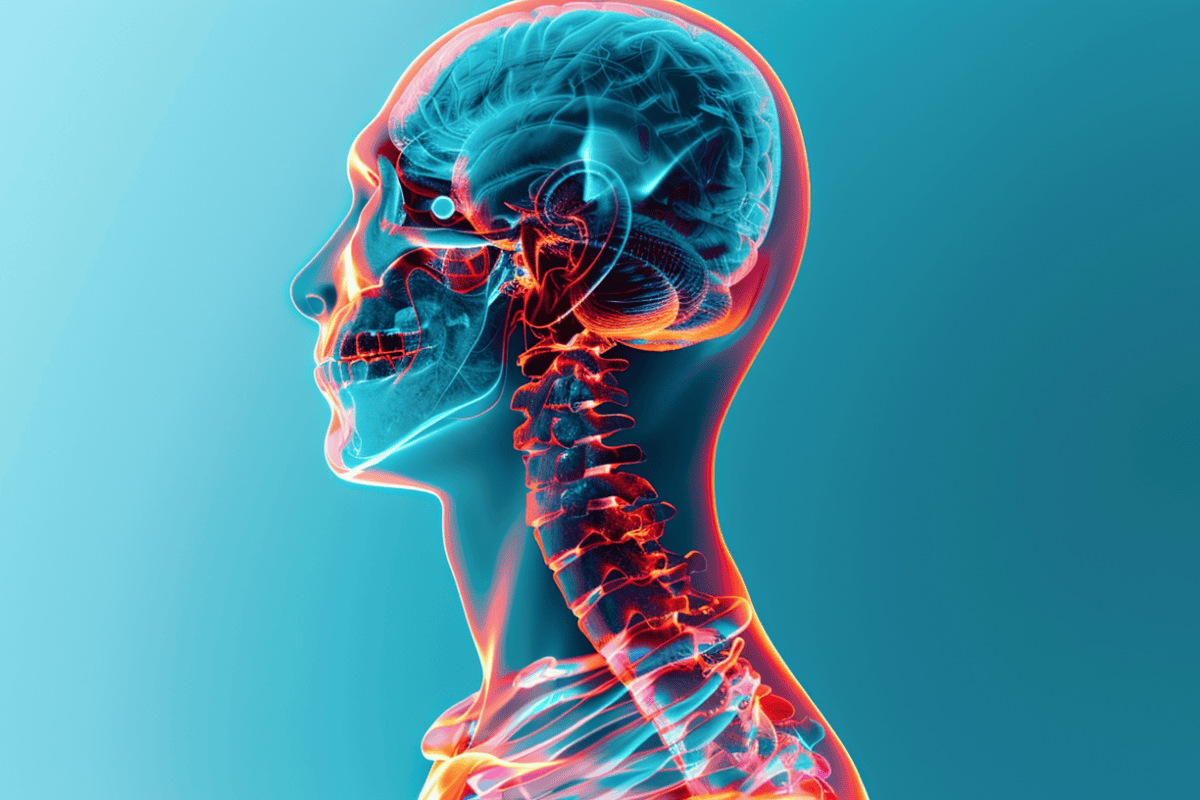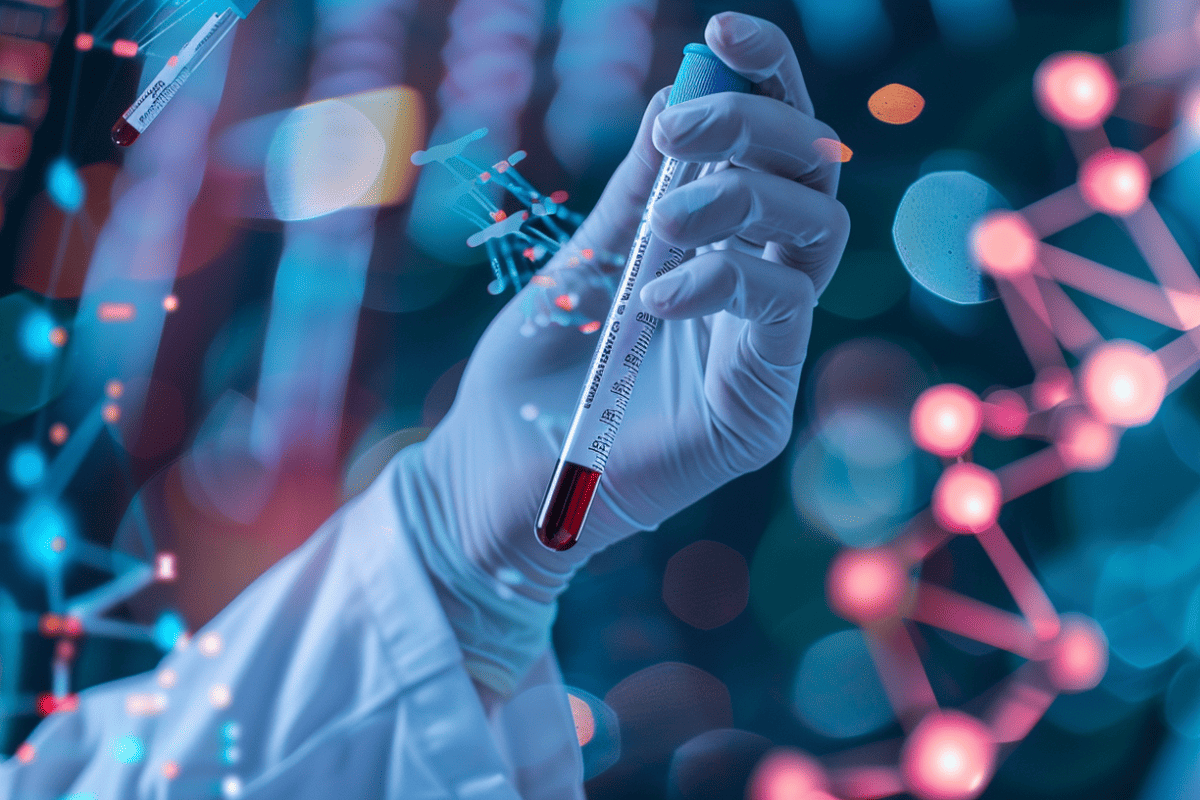A clinical research study can be a complex process from start to finish, from making the decision to participate, to the entire data collection and analysis process, to the submission of the final results.
The Electronic Data Capture (EDC) system is a collection of computer hardware, software, and processes that collect, manage, and extract important clinical trial data in a way that is accessible to the clinical trial team and interpreted by the data managers and systems analysts needed to extract value from the data. An EDC system can be as simple as a laptop computer and a data capture application, or it can be an integrated module within a bigger clinical information management system.
The EDC Process
Data collection begins with the need to record key elements of a study participant’s history and physical exam, family history, medication use, past medical conditions/current treatments, dietary habits, and other factors that can affect the participant’s health and participation in a study. The information is recorded on paper forms, which are later entered into an electronic system by data entry operators at a central site. Data capture applications built into EDC systems can reduce data-entry errors and save time over using handwritten forms.
In most cases, a highly skilled team is required to ensure the smooth running of the study. Such members are called clinical data managers (CDM). They ensure that the process of data collection, analysis, and reporting is completed efficiently and results in the correct information. Data managers extract data from various source systems and prepare the data for entry into the EDC application.
The term ‘source system’ is used to describe any computerized system, which contains study-related data, such as a laboratory information management system (LIMS), an electronic medical record (EMR) or population health management system, or another EDC database. Each source system may contain different types of study-specific exam results and other user-defined variables that need to be included in the data extract. CDMs must determine what data elements are needed for each research form template, where they reside within the source systems, who has authority to extract them, and how often they should be updated. CDMs also define how often new forms should be created based on changes to the source systems and what to do with forms that become obsolete.
Once the data sources and their corresponding study-specific variables have been defined, the next step is designing a workflow to extract and distribute the data. The workflow can be as simple as exporting a .csv (comma-separated values) file from one system, or it might require a more complex series of tasks.
Features of EDC
The EDC collects data, stores it in a central location, and is designed to prevent the possibility of data loss. Ideally, an EDC has most or all of the following features:
- Data validation ensures that accurate information is entered into the system. Validation rules are set up so that certain values are either required or are not allowed. For example, the system may require an age to be between 1 and 120 years old. Good Clinical Practice (GCP) and 21 CFR Part 11 require validation for a software system used for processing clinical trial data.
- Data capture ensures that the data is entered into the correct place in the EDC. The EDC is designed to work with a limited set of values, such as numbers or dates, for each variable that it holds. For example, the EDC may have a different numeric code for each disease.
- Data backup allows EDC data to be archived so that it cannot be accidentally deleted or altered. Some EDCs allow users to undo previous actions as well, which can help avoid costly mistakes. In addition, some EDCs allow for easy transfer of data between computers.
- Data retrieval allows users to retrieve data that was previously entered into the system. This can be helpful if it is later needed for statistical purposes or other analysis. However, this feature must be used carefully, as frequently accessing stored data can increase network traffic and slow down work. Some EDCs allow only specific users to access certain data sets.
- Data import allows users to transfer data from other applications into the EDC system. For example, an EDC might allow users to upload data previously entered into Microsoft Excel or another spreadsheet program. This can be helpful if it is necessary to access the old data for statistical purposes or other analysis. Some EDCs will allow only specific users to access certain data sets.
- Data export allows users to transfer the stored data from the EDC system into other applications, such as Microsoft Excel or Access.
Not all EDC systems have every feature listed here. It is important for a user to find out exactly what features are available with an EDC system before implementing it, to ensure that the EDC will meet the needs of the user.
EDC Characteristics
Reliability and Accuracy: The EDC system must be capable of accurate data collection. Users should consider whether the EDC system offers automatic notification of data entry errors and, if so, how the errors are identified (e.g., pop-up notifications).
It is important to ensure that the types of data that are captured are accurate. For example, if the EDC system is collecting geographic information, users should ensure that each point falls within the acceptable location boundaries.
Availability: The data collected by the EDC system must be made available to study staff in an organized and meaningful way. Users should consider whether or not their research team will be required to spend significant time reformatting the data, and whether or not it is possible to access the raw data files.
Security: Users should consider (before implementation) what security measures are in place, such as password protection and encryption if their EDC system has built-in security features that protect sensitive study data from unauthorized access, and the potential ramifications if study data is accessed unlawfully.
Retention: It is important to consider how long study data will be retained (after a study has concluded) and where it will be stored. Users should ask whether or not they can delete their data at any point after a set retention time has expired.
Since EDCs do not typically create, manage or store the actual research data, they are sometimes overlooked during an initial study setup. Once implemented, they provide significant value to clinical researchers by simplifying the process of gathering and transmitting data. The information above provides an overview of the components making up the majority of commercially available EDC systems.
This is a sponsored post
Deepak Behera, MD
Deepak Behera is a physician-scientist turned executive, with expertise in clinical development and medical affairs across clinical, academic, and pharmaceutical/biotechnology sectors. He has over 12 years of experience in clinical research and related regulatory policies and submissions. Deepak’s goal is to push healthcare towards better patient outcomes, while at the same time generating value for all stakeholders. Democratizing clinical trials for patients and physicians aligns perfectly with this goal, and is why he founded Adaptive Research. In addition, Deepak provides strategic and operational advice to multiple pharmaceutical and biotechnology companies in the areas of clinical development, medical affairs, and technology assessment. He received his MD from MKCG Medical College at Berhampur University in India, and earned his board certification in nuclear medicine from India’s National Board of Examinations. He serves on committees and boards of various professional societies, including the Society of Nuclear Medicine and Molecular Imaging and the Indo-American Society of Nuclear Medicine. In his free time, Deepak likes to mentor young professionals, play volleyball, go for long drives and have fun with his two kids.


